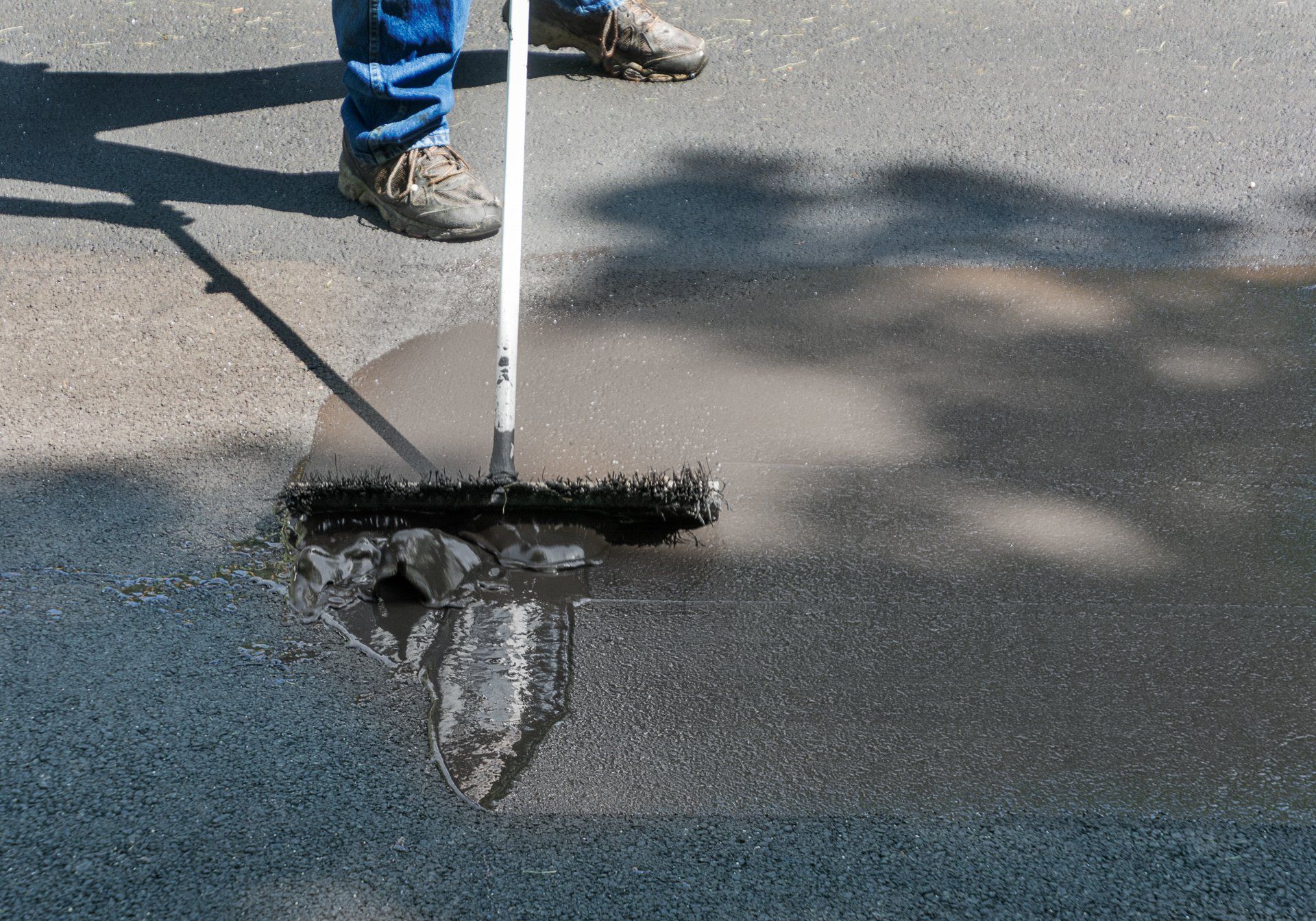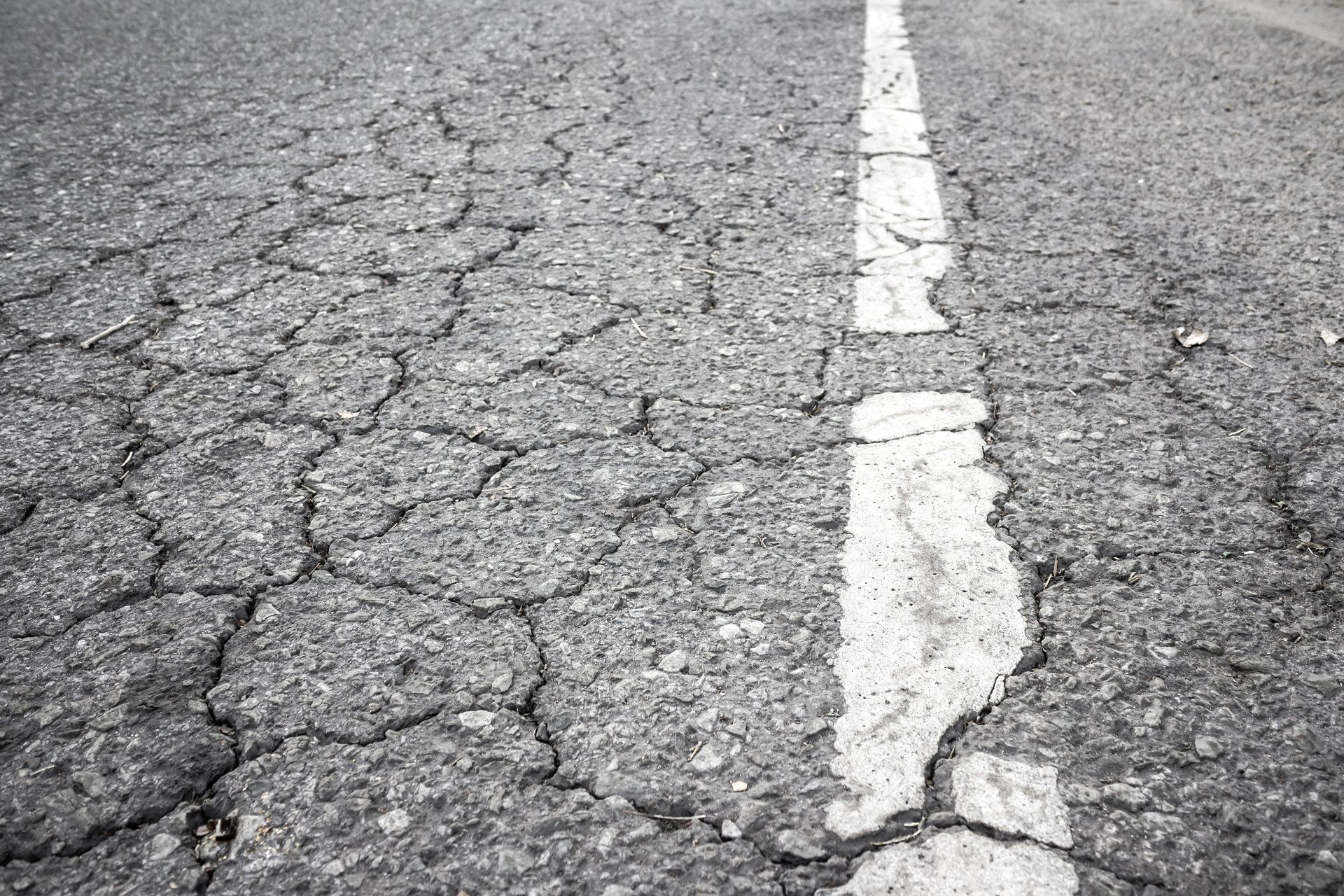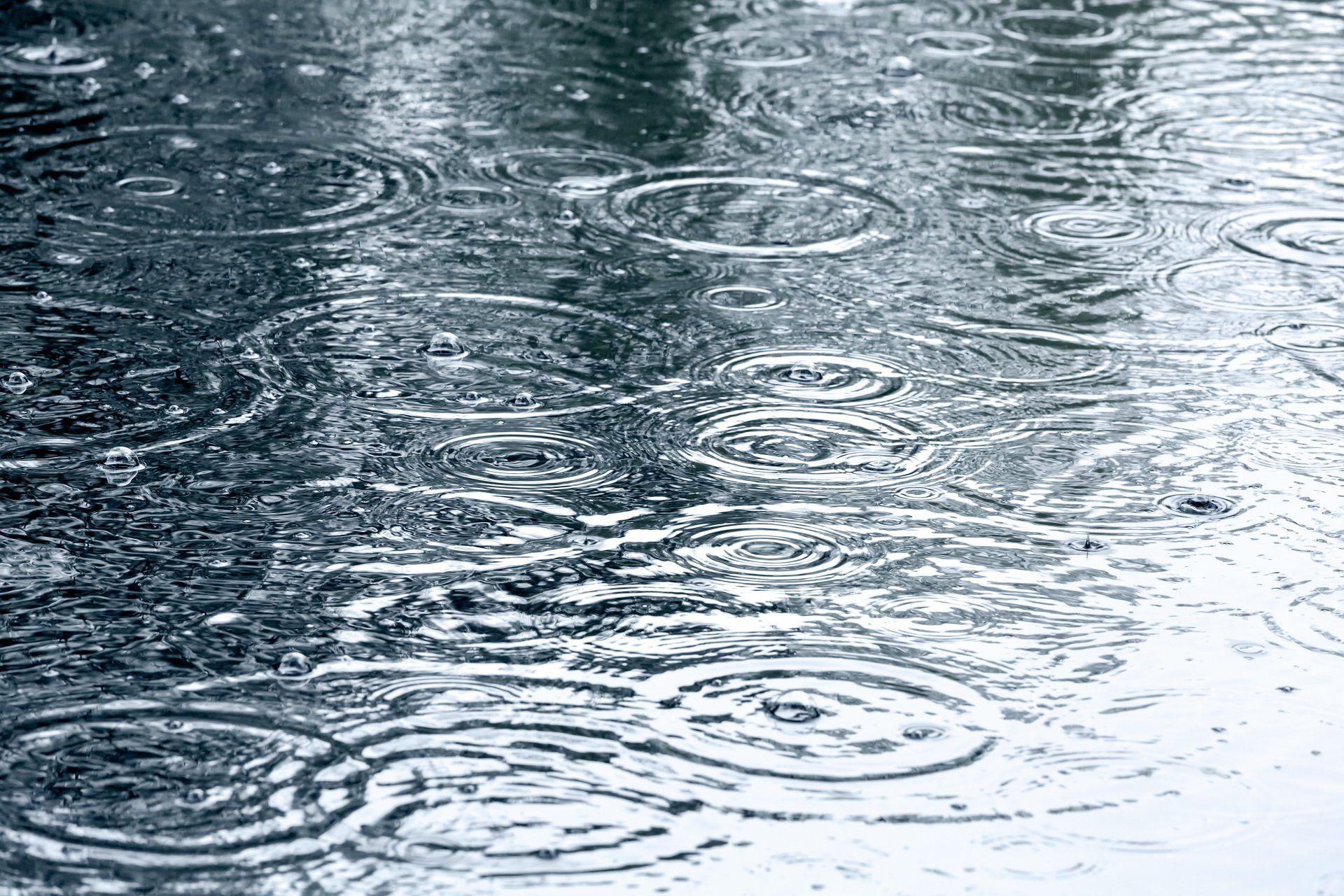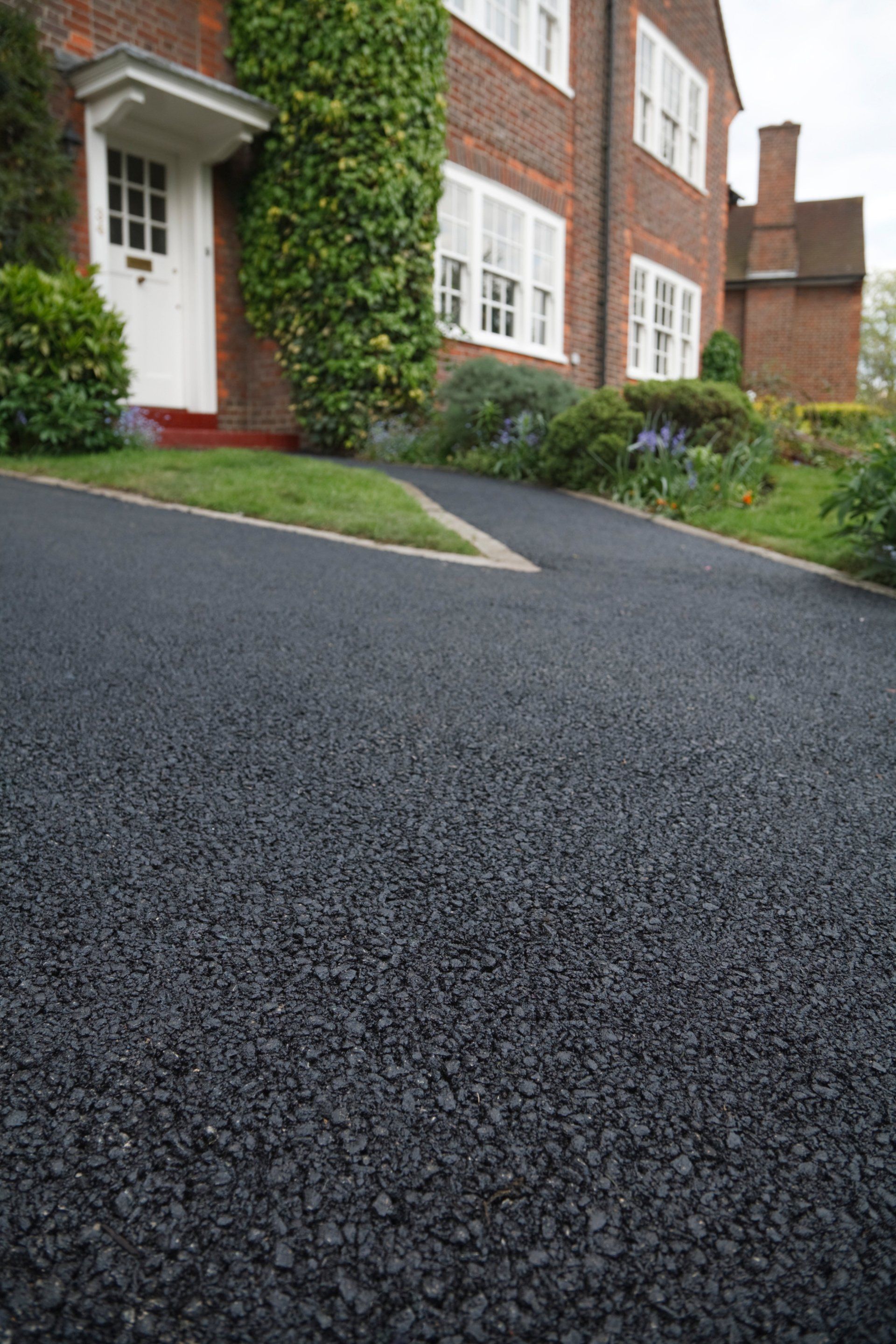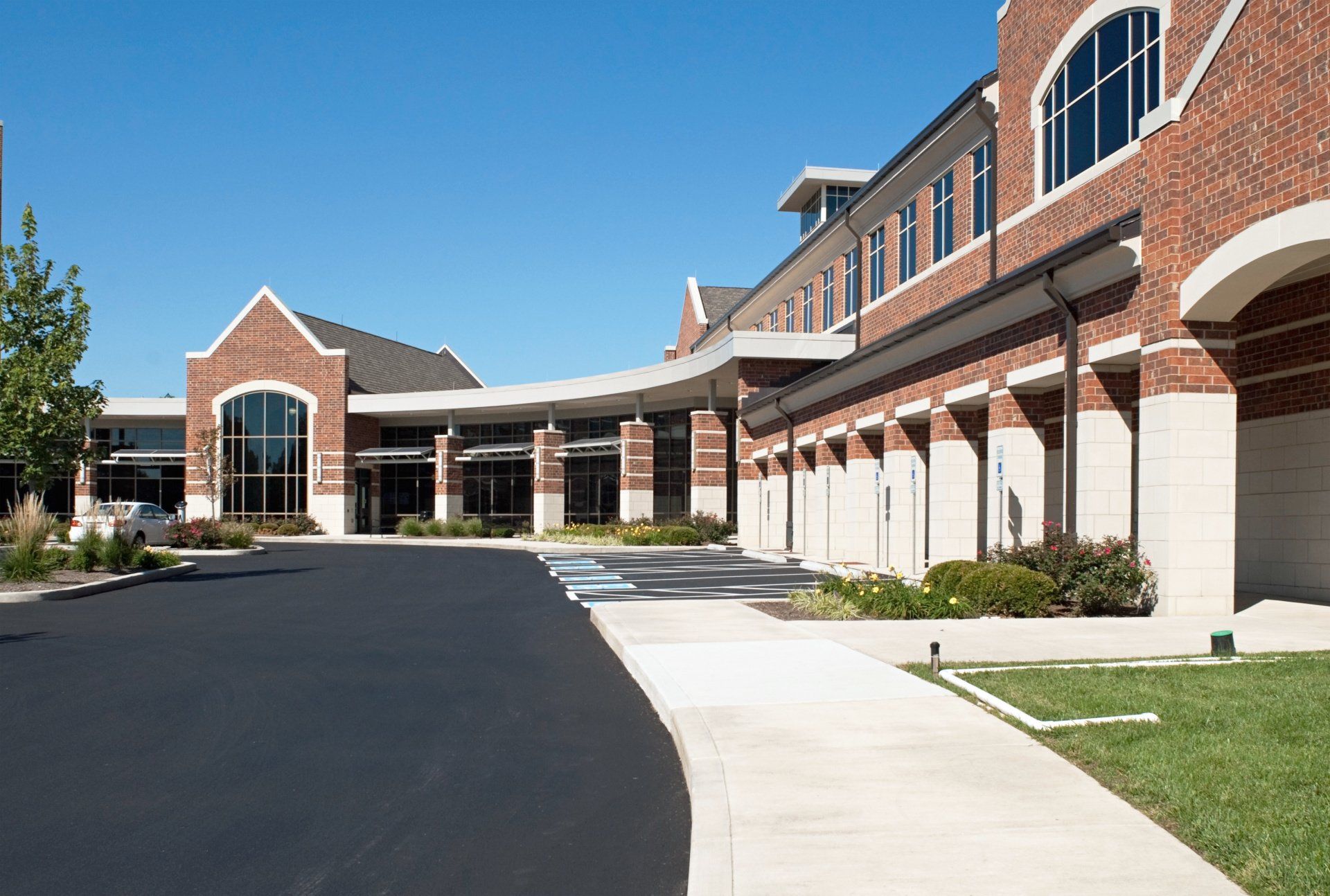By Dotcom Design
•
April 26, 2019
The Benefits of Asphalt and Sealcoating Quality sealcoating companies offer many benefits to the homeowner and business owner in Wisconsin, such as but not limited to installation, repair, and maintenance of existing roadways and walkways. What are the Benefits to Sealcoating and is it Necessary? Once you have new asphalt laid in your driveway, sidewalk, patio, or parking lot, you need to have this new asphalt sealcoated. The benefits of sealcoating help to prolong the life of your new asphalt. Nothing lasts forever, including new asphalt roads, walkways, driveways, and parking lots; however, a sealcoating over asphalt gives your asphalt a longer life. Seal coating protects the asphalt from many harmful elements, such as the sun's UV rays, oils, chemicals, gasoline spilling from vehicles, and wind, ice, and water from inclement weather. This coating prevents oil from penetrating deep into the asphalt causing damage. Sealcoating provides for more natural cleanup. Homeowners and business owners find that a newly laid asphalt that has a coat of sealer takes less effort to sweep and wash clean. Sealcoating is not a necessary part of regular asphalt maintenance, but this step does provide a protective layer over the asphalt. Sealcoating helps to prohibit cracking of the pavement and helps to keep potholes from forming. Sealcoating walkways, patios, and places where people walk provide enhanced safety, thus eliminating a higher risk for injuries from falls due to cracks, holes, and uneven surfaces. This coating material helps to seal small cracks which keeps them from becoming more significant cracks and eventually unsightly and dangerous potholes. Cracks and potholes form in the asphalt pavement when water seeps down into the asphalt and damages the pavement. A coat of sealant makes the asphalt surface nonporous and, as an additional benefit, brings out the beauty of any road, sidewalk, driveway, patio, or parking lot. Asphalt makes the surface look new, shiny, and bright. This coating adds value and curb appeal to any private home or business. Sealcoating a parking lot also makes it easier to apply lines and markers for vehicles to park. Sealcoating is a dark black colored material. This seal coating helps to attract more heat from the sun. The hotter this asphalt becomes side, the more pliable it becomes, which means that the surface can withstand immense amounts of traffic without cracking. Can My Asphalt Contractor Apply a Layer of Sealcoating as Soon as the Asphalt is Laid? No. Once the contractor lays the new asphalt, you will want to let the surface age for about six months before the company applies a sealcoating. A new layer of asphalt needs some time to cure and compact, allowing the materials to settle. Even though the sealcoating adds life to the asphalt, you must not be in a hurry to sealcoat. Most contractors want to wait at the very minimum of six months before sealcoating and asphalt surface. What is Done Before Applying a Sealcoating? The layer of asphalt needs to be clean and dry before applying a sealcoating. Most times, it is necessary to clean the pavement with a de-greaser or soap, rinse thoroughly, and dry. If any cracks or small holes formed during the time the new asphalt was laid and when the sealcoating was to be applied, the contractor must repair these areas before sealcoating the surface. The contractor may apply the coat of sealer through spraying or by using a large manual roller or machine roller if the area is large. When this coating is dry, it acts as a waterproofer, keeping water from rain, snow, and ice from seeping down into the asphalt. Oil, gasoline, chemicals, and solvents cannot penetrate through a sealcoated pavement and start to damage the areas either. Sealcoating Costs Me More Money I Cannot Afford Sealcoating is affordable and inexpensive compared with the money it costs for repairs because the asphalt was not sealcoated in the first place. Applying a layer of sealcoating to a pavement costs only pennies per square foot. A layer of seal coating is well worth the time and small amount of money compared to when moisture seeps deep into the new asphalt which, in turn, dramatically shortens the life of the new pavement. This coating repeals all the substances that wear down asphalt, such as inclement weather, oil, gasoline, chemical spills, and oxidation. Just as with so many things in life that depend on crude oil, prices can increase or decrease depending on crude oil prices. The bottom line is that repairs of asphalt are far more expensive than having a sealcoating applied to protect the pavement. Quality, Seasoned Asphalt Paving Companies in Wisconsin If you're looking for a company to answer your asphalt needs, it should be a company that has a proven track record for laying asphalt and performing sealcoating. A seasoned company responds to all of your questions and knows the industry well. An experienced company is one that has been in business for at least five years, continually showing growth and profit. Our family-owned company was founded in 1978 and continues to thrive and grow serving the following communities of Madison, LaCrosse, Sun Prairie, Baraboo, Onalaska, Middleton, Waunakee, Fitchburg, and surrounding areas of Wisconsin. The owner has six sons who grew up learning the asphalt industry, and when these sons grew into responsible and experienced adults, the owner divided his company, with each son building in their specific location. Our newest office opened in the Wausau area in 2016, with further new locations in the works and planning stages in Madison and LaCrosse. Any company, no matter what their industry, does not remain in business for over 40 years with numerous locations if they are not doing something right in servicing their communities. A Call to Action Give us a call today at 888-295-1075 for your free, no-obligation estimate and speak to one of our knowledgeable customer service representatives for all of your affordable asphalt and sealcoating needs. Access our website for more in-depth information and answers to all of your important questions. We are waiting for your call so we can serve your asphalt needs, whether it is a road, walkway, a patio, a parking lot, or more. No job is too small or too big related to installation, repair, and maintenance of existing asphalt surfaces.


